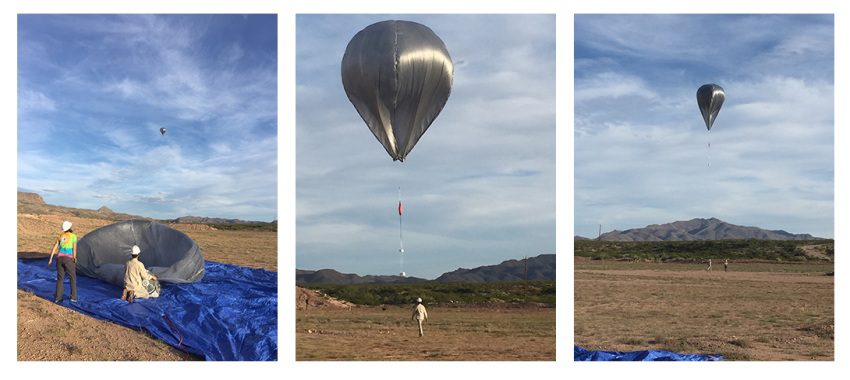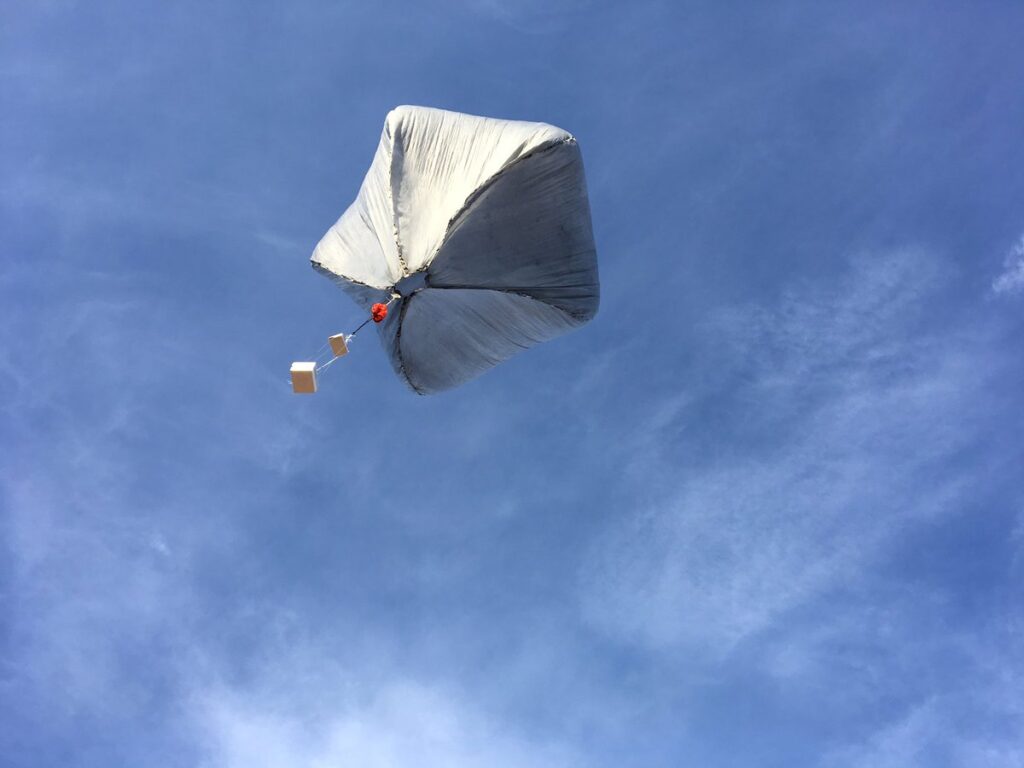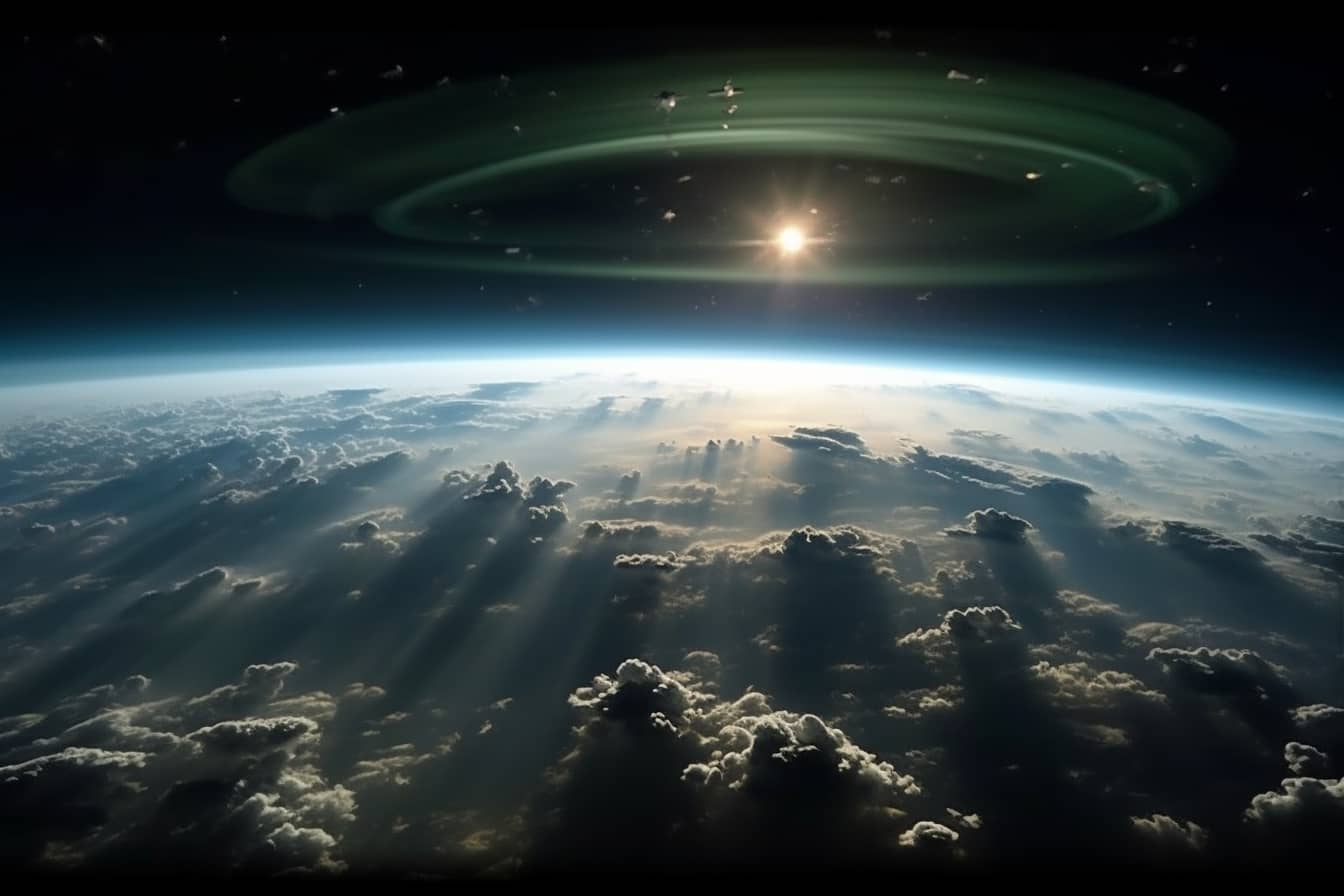In short: a group of American researchers led by Daniel Bowman of Sandia National Laboratories sent solar balloons into the stratosphere 20 km high, and recorded sounds they still can't identify.
Stratosfera, a perfect listening point
Located between 10 and 50 km above the Earth's surface, the stratosphere is an ideal place to "listen" to our planet. With few planes and little turbulence, it is possible to capture sounds of all kinds: crashing ocean waves, thunder, wind turbines, explosions and more.
What else? Great question. Because there is something that Bowman's team has detected, but cannot yet identify. The researcher leading the study says it clearly: “In the stratosphere there are mysterious infrasonic signals that occur a few times an hour, but their source is completely unknown.” Infrasound is a frequency wave that is too low to be heard by the human ear.

Necessity sharpens… The ear
To detect these sounds, Bowman and his colleagues used solar-powered solar balloons, each six or seven meters in diameter. Don't rack your brains to imagine the futuristic technologies that make them fly. The researcher himself comes to you: "Our balloons are essentially huge plastic bags with carbon dust inside to make them dark."
Low cost, maximum yield. That's right. Made with hardware store material and coal dust, they cost less than 50 euros each but are able to end up in the stratosphere and do their job thanks to GPS and microbarometers to detect infrasound.

What assumptions do we have?
There is maximum caution regarding the origin of these sounds in the stratosphere, but there is no shortage of possible explanations. Among the most popular, geophysical phenomena such as earthquakes, volcanoes or landslides which may produce low frequency waves.
Another hypothesis is that it is impacts caused by meteorites or space debris on Earth: they could cause shock waves and low-frequency vibrations detectable by microbarometers on balloons in the stratosphere.
Again, the mysterious sounds could derive frominteraction between atmosphere and magnetosphere, which could generate turbulence and fluctuations at the origin of the unknown infrasound.
One thing is certain: in the present these sounds have already prompted researchers to create new, effective and cheap observation tools. And in the future, whether it's meteor surveillance, geological disaster prevention or better understanding of our atmosphere, we stand to gain.
It's worth listening to.


